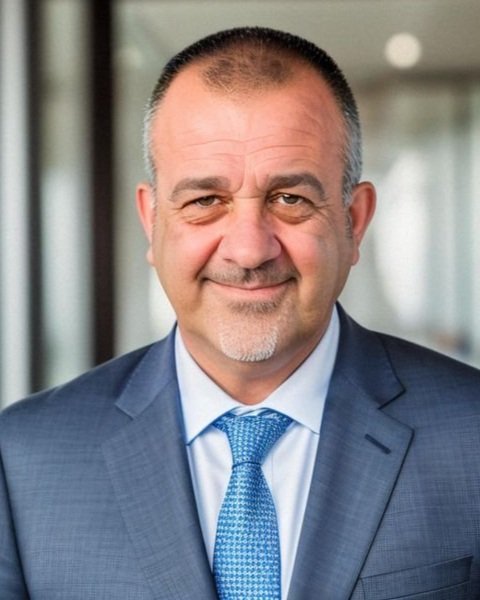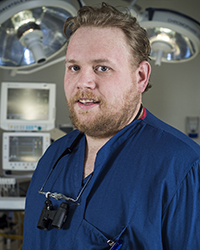About Us
Meet the Team
Driven by our mission to improve brain health outcomes, our team combines expertise in neuroscience, biotech, and technology to lead the way in TBI detection.

Sav is a seasoned entrepreneur and founder of Archeoptix, bringing 25 years of experience in marketing, sales, operations, and regulatory affairs to the table. With a background in agrochemicals and biotech, Sav has successfully founded and led three previous companies, driving innovation and growth in these industries.
As a seed investor and entrepreneur, Sav has a proven track record of identifying opportunities and building successful businesses from the ground up. His expertise and vision are now focused on revolutionizing the medical device industry with ArcheOptix’s groundbreaking technology.

Dr. Riley is the lead inventor of the underlying technology behind ArcheOptix’s innovative device.
A renowned expert in biophotonics and Near Infrared Spectroscopy (NIRS), Dr. Riley holds a prestigious background in scientific research and development. Trained at the esteemed University College London (UCL), Dr. Riley spent 7 years at the National Institutes of Health (NIH) perfecting the technology that has become the foundation of ArcheOptix’s breakthrough device.
With a deep understanding of the technology and its applications, Dr. Riley plays a vital role in shaping the company’s scientific direction and innovation strategy.

- MD/PhD, Professor of Neurosurgery, Queen’s Neuroscience
- Founder of Voxel AI – Exit 2023
- 15 years’ experience in acute stroke pre-clinical and regulatory studies
- Named to the Canada’s 40 under 40 in 2018
ArcheOptix is a Canadian medical device company dedicated to transforming the way Traumatic Brain Injuries are assessed, delivering CT-level accuracy for rural communities, emergency response teams, sports medicine, and more. Our focus on innovation and clinical excellence drives everything we do.
Better Decision Making
Our goal is to remove uncertainty in brain injury assessment by delivering accurate, real-time insights when and where they’re needed most.
01
Assessments Anywhere, Anytime
CT-level scanning in any environment, supporting timely care and better patient outcomes.
02
Bridging the Gap in Access to Care
We are committed to ensuring that everyone, regardless of location, has access to timely and accurate head injury assessments, closing the gaps in care delivery.
03
Lower Economic Burden
By enabling earlier diagnosis and intervention, we aim to reduce long-term healthcare costs and ease the financial strain on patients, families, and health systems.
04
Support Better Recovery and Long-Term Health
At the heart of our mission is improving quality of life. Our technology empowers care teams with the insights they need to make informed decisions that lead to stronger patient outcomes.
